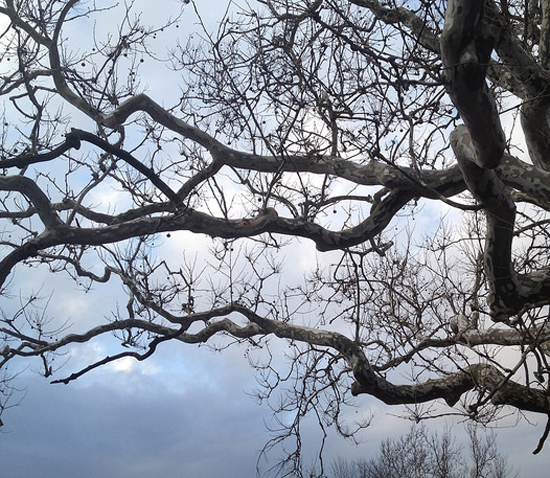
Up from Coonville Creek in St. Francois State Park in southeast Missouri, it lies along the eleven-mile Pike Run backpacking trail. A small trickle of water flows year-round from the base of the cliff where I usually camp. During Prohibition it’s said that bootleggers operated a still in this remote hollow, making hooch, white lightning, or panther’s breath (as it was variously called). Hidden deep in the Ozarks, with cornfields nearby, a steady supply of cold water, and sufficient wood to keep a fire going, it was an ideal site for producing “mountain dew.” In fact, Missouri law still allows its citizens to distill up to 200 gallons of whiskey a year for personal and family use. All of this lends Moonshine Hollow its unique appeal.
What creates the ambience or “sense of place” that we associate with a singular locale? For Moonshine Hollow, it’s a combination of sheltered seclusion, the distinctive play of shadows on a moonlit night, even an edge of lawlessness. It’s a place where time has stopped. It invites you to linger. The moonshiner’s art is a slow and demanding one. The corn has to soak in a wet burlap sack for ten days. The mash has to be fermented with water, yeast, and malt for another ten days or more. Then, in being gently heated over a low fire, the alcohol has to evaporate, passing through a copper coil inside a barrel of cold branch water, dripping leisurely into a stoneware jug. The process can’t be hurried. Nothing should be rushed in Moonshine Hollow.
Several times I’ve hiked into this glen on a Friday afternoon halfway through the semester, needing to escape the city and the university—seeking what Gerry May calls “the power of slowing.” I come to practice mindfulness, a habit that isn’t easy to sustain amid the distractions of academic life. Simone Weil argued that school studies can be an aid in the exercise of prayer. If you think of praying as primarily a matter of paying attention, then memorizing geometric theorems and mulling over Anselm’s argument for God’s existence might help. She was right, up to a point.
Prayer does involve a discipline of practiced attentiveness, but it’s more than a concentration of thought, a knitting of one’s brows. Contemplative prayer is what gets you out of your head entirely. That’s what I come to wilderness for—a deeper practice of mindfulness, a virtue that Buddhists and Desert Christians have both held in high esteem. The mindfulness that wild terrain evokes is actually a sort of “mindlessness,” an end-run around rational analysis that seeks an immediacy of presence.
Moonshine Hollow questions my habit of defining reality before experiencing it. It urges me to marvel at the subtlety of moonlight without scrutiny or critique. It resists my tendency to “script” my experience there—to create a personal drama of what’s happening around me, conjuring up images of moonshine stills from an exotic past, nursing disgruntlements over the job back home, projecting mystical encounters onto a landscape that sings.
The mindfulness that wilderness provokes is able to draw me out of the buzz of my incessant, internal conversation with myself. Like Vipassana meditation in Buddhist practice, it urges my seeing reality as it truly is. Doing that requires being present to the moment, apart from the expectations and interpretations I bring to it. Once I stop shaping reality into a theatrical performance with myself at its center, mindfulness allows the world to surprise me. The universe becomes delightfully open-ended. Shunryu Suzuki Roshi remarks with a wry smile that “The secret of Zen is just two words: not always so.” That’s Moonshine Hollow, too.
Belden C. Lane is a professor of Theological Studies at St. Louis University. He received his Ph.D. from the Princeton Theological Seminary in 1976. He has since written a number of books, including Ravished by Beauty: The Surprising Legacy of Reformed Spirituality and Landscapes of the Sacred: Geography and Narrative in American Spirituality.
Reprinted from Backpacking with the Saints: Wilderness Hiking as a Spiritual Practice by Belden C. Lane with permission from Oxford University Press, Inc. Copyright © 2014 by Oxford University Press. The book will be released on December 1, 2014.